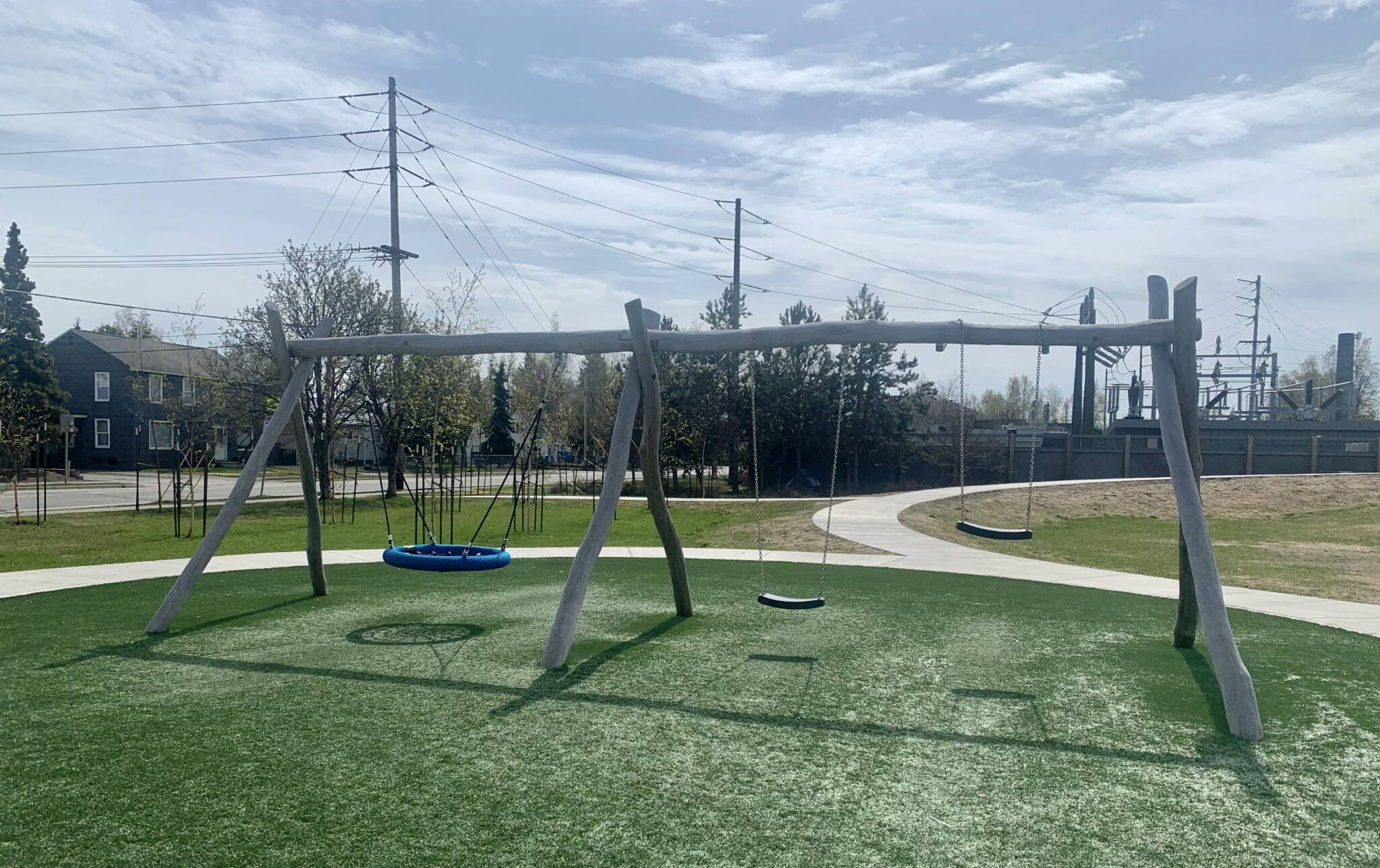The Alaska Department of Education and Early Development has developed an online tool to help schools, districts, communities and elected officials address the state’s high rate of teacher turnover. It released the Teacher Recruitment and Retention Playbook in September.
The state began a working group to address teacher recruitment and retention in April of 2020. The group identified recommendations that have been compiled in the playbook.
Barbara Adams, a consultant for the state, worked on the recommendations. She said that after developing a series of insights on teacher hiring and retention, the group decided that including recommendations for everyone involved in education was crucial.
They came up with the playbook, an online document that is sorted by subject and includes potential actions that can be taken by different groups like school districts, communities, the state’s education department and legislators.
“It is a 50-page, linked Google Doc, which seems really big and maybe hard to get your head around,” Adams said. “But we’ve tried to build in the small links that allow you then to just access a smaller piece at each time.”
The playbook offers different strategies at various stakeholder levels, she said.
Adams explained it through the example of restructuring retirement, which the working group identified as a key category. The document points to ways DEED, the community, and elected officials can help achieve the goal of improving retirement options for teachers.
Sally Stockhausen and other board members expressed their interest in and support for the work at a state Board of Education meeting on Thursday.
“It was a big concern to all of us that this would be a lot of work and it would go into a binder, so to speak, and go on a shelf somewhere, and nothing would ever change,” she said. “And so I just want to urge us as a board to really take the time and make the commitment to dig into the parts that maybe we could do… and take some of these things on and not let this become a thing that goes and never changes.”
Student representative Felix Myers said he was excited to see the playbook tackle pathways to easing recertification standards for teachers and reintroducing defined benefits, both pain points for his parents, who are teachers.
Board of Education Chair James Fields said he saw opportunities to make change even before the body’s next meeting.
“There’s some easy things that the department could implement now,” he said.
“I would suggest that the commissioner look through and find those things that are easy that you can start working on now.”
He identified the costs to becoming an educator and the state’s website as potential targets.
Department of Education and Early Development Commissioner Deena Bishop said the work was not intended to single out any one group as being responsible for keeping teachers in the state.
“Teacher retention and recruitment does not only belong with DEED and it doesn’t only belong with school districts, it belongs with communities,” she said.
She said community-level considerations include whether there is housing available for teachers.
“We’re all working hard,” Bishop said. “So this is just trying to focus on the right work.”
The department plans to take the playbook on the road to different Alaska communities to show people how to use it.
• Claire Stremple is a reporter based in Juneau who got her start in public radio at KHNS in Haines, and then on the health and environment beat at KTOO in Juneau. This article originally appeared online at alaskabeacon.com. Alaska Beacon, an affiliate of States Newsroom, is an independent, nonpartisan news organization focused on connecting Alaskans to their state government.

